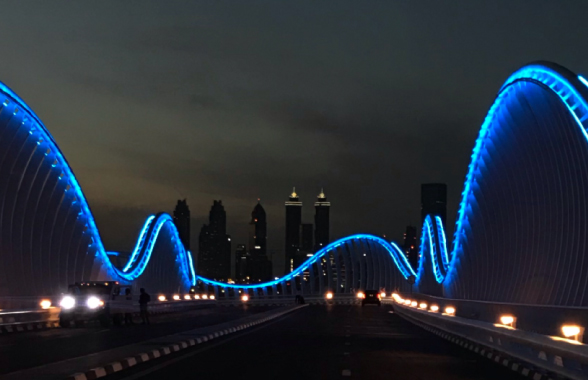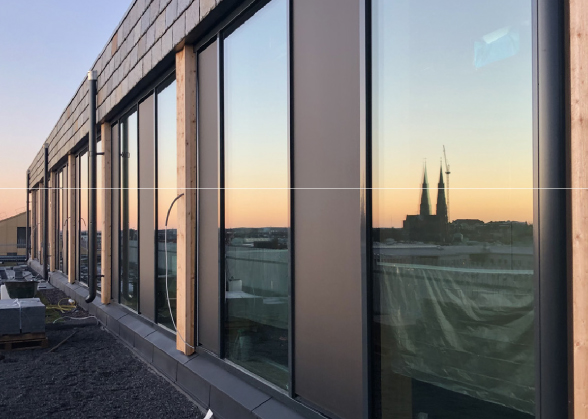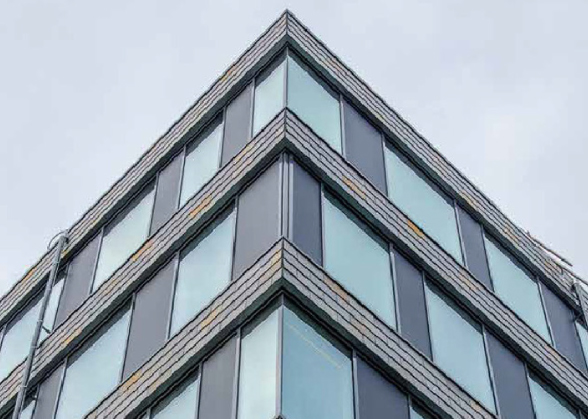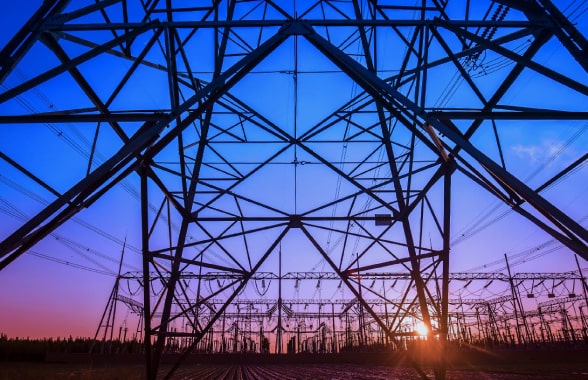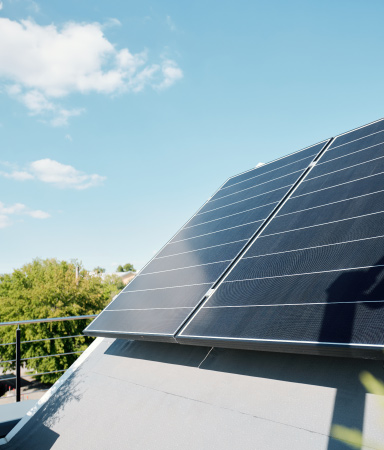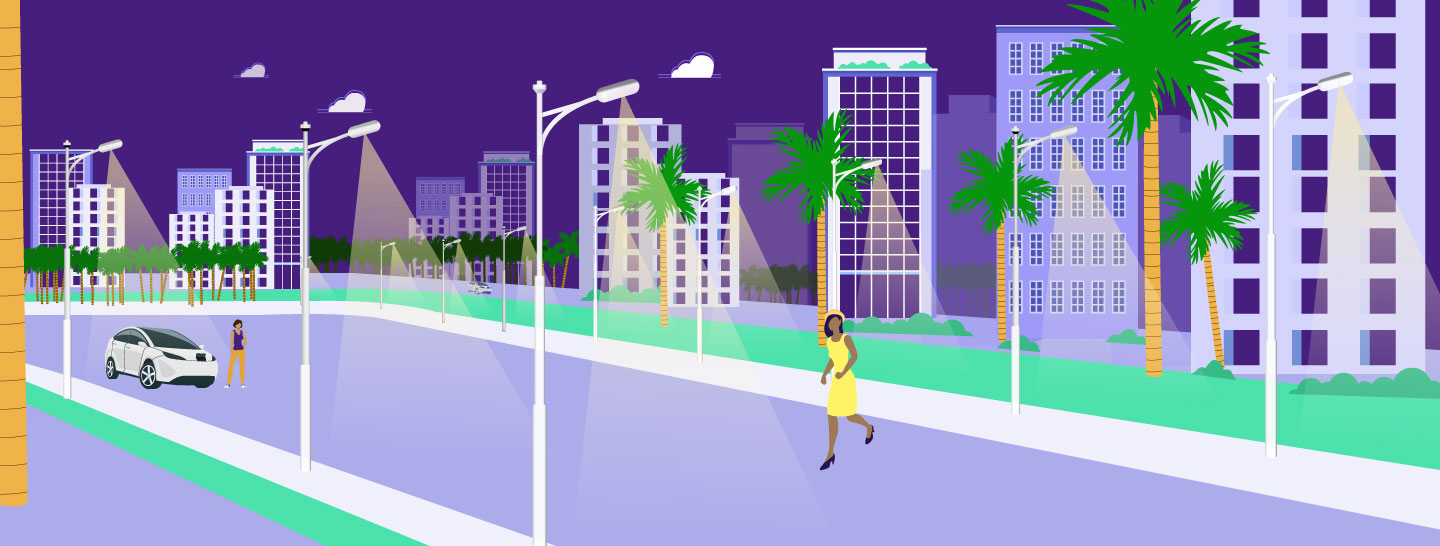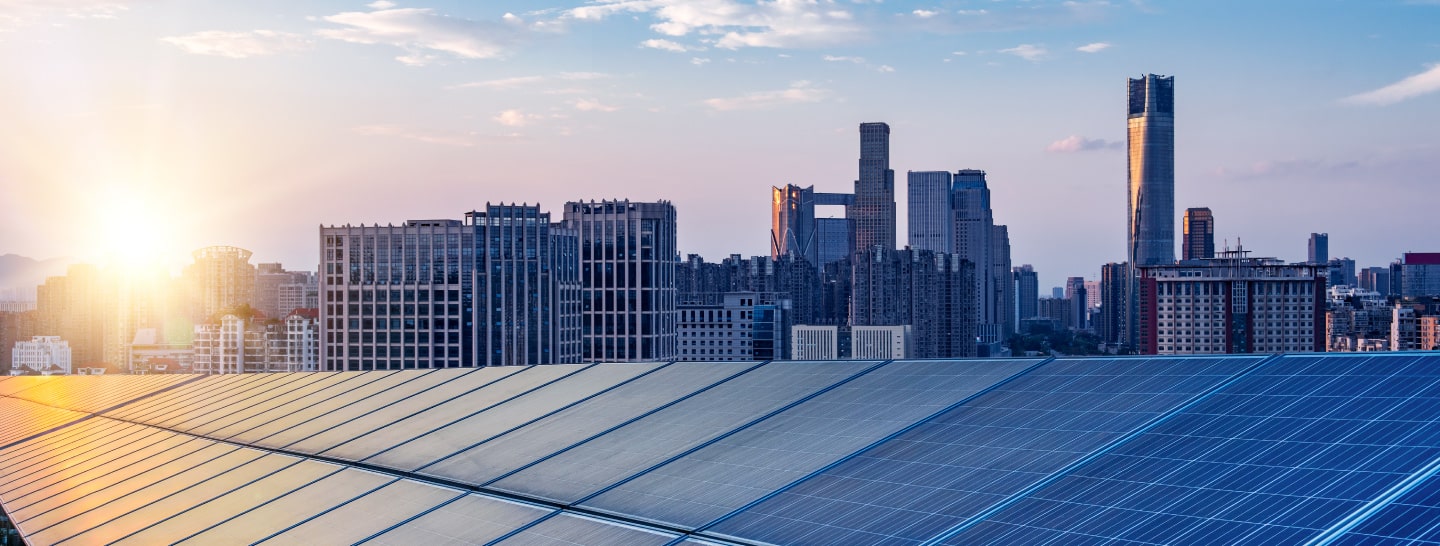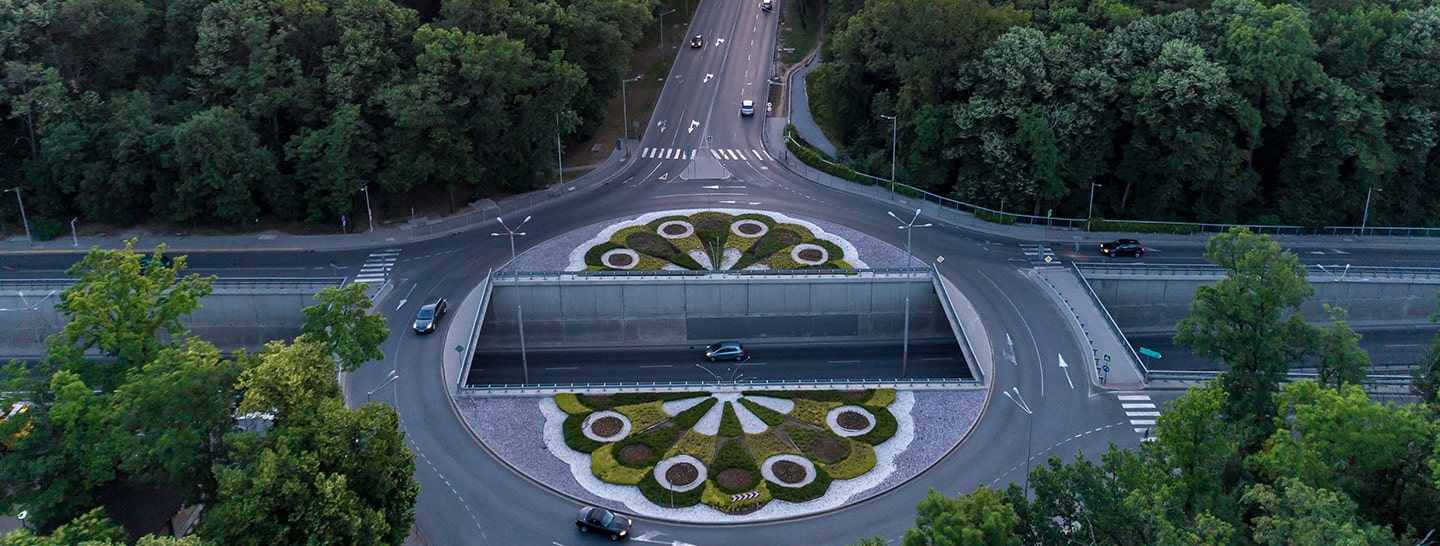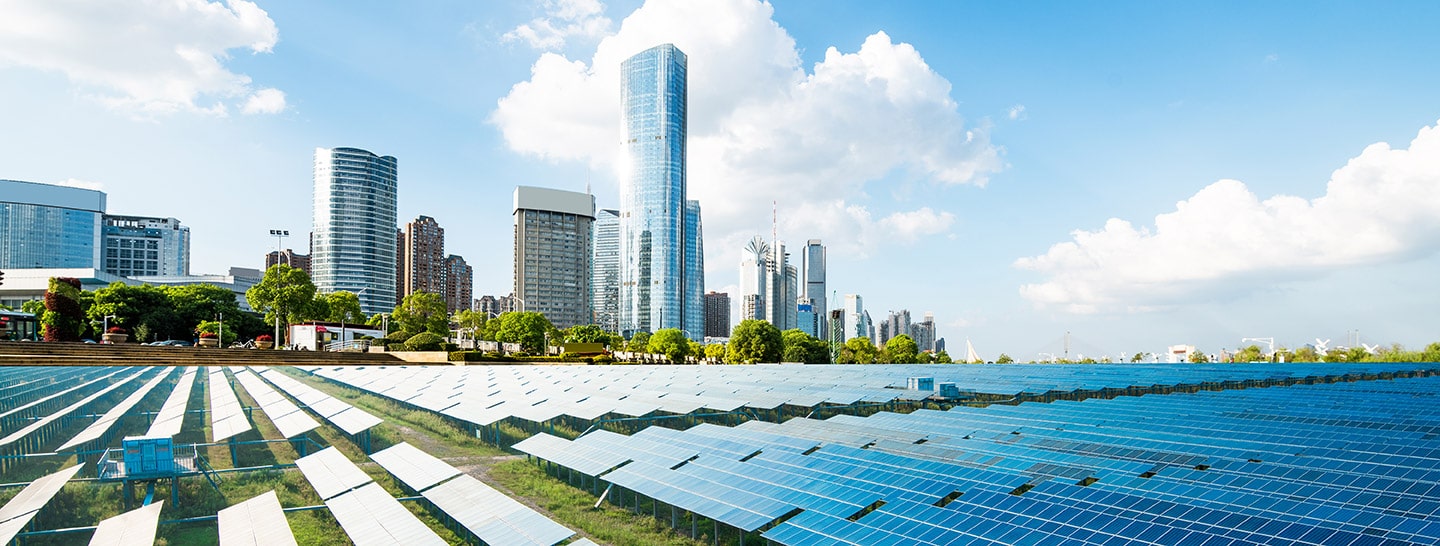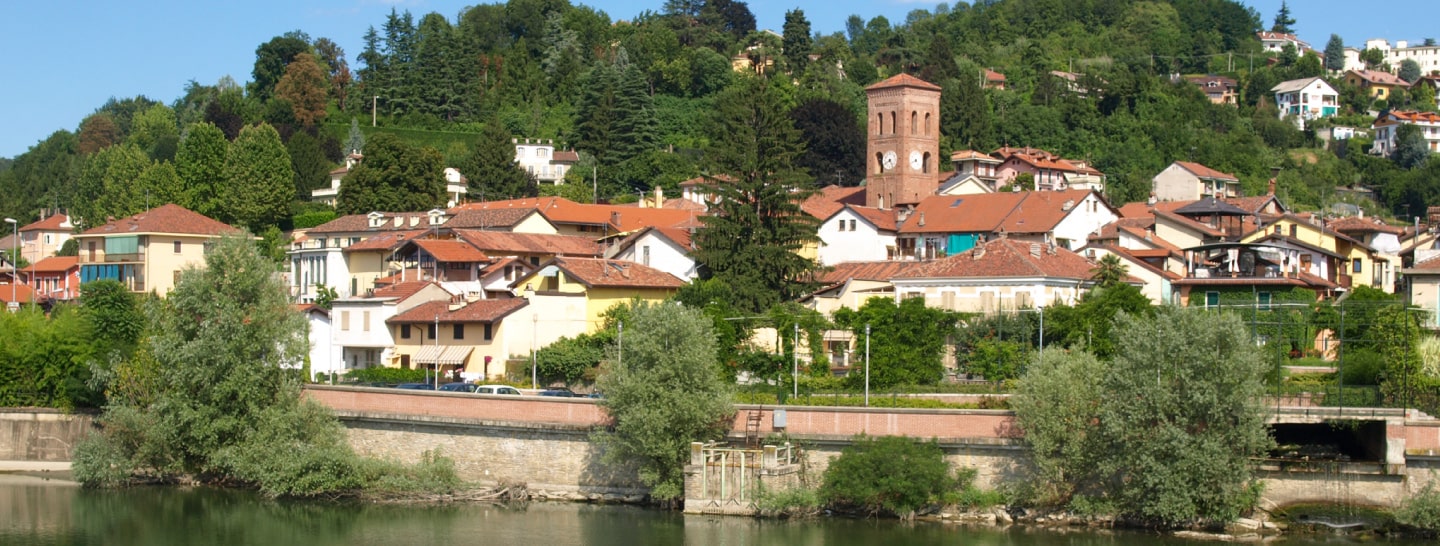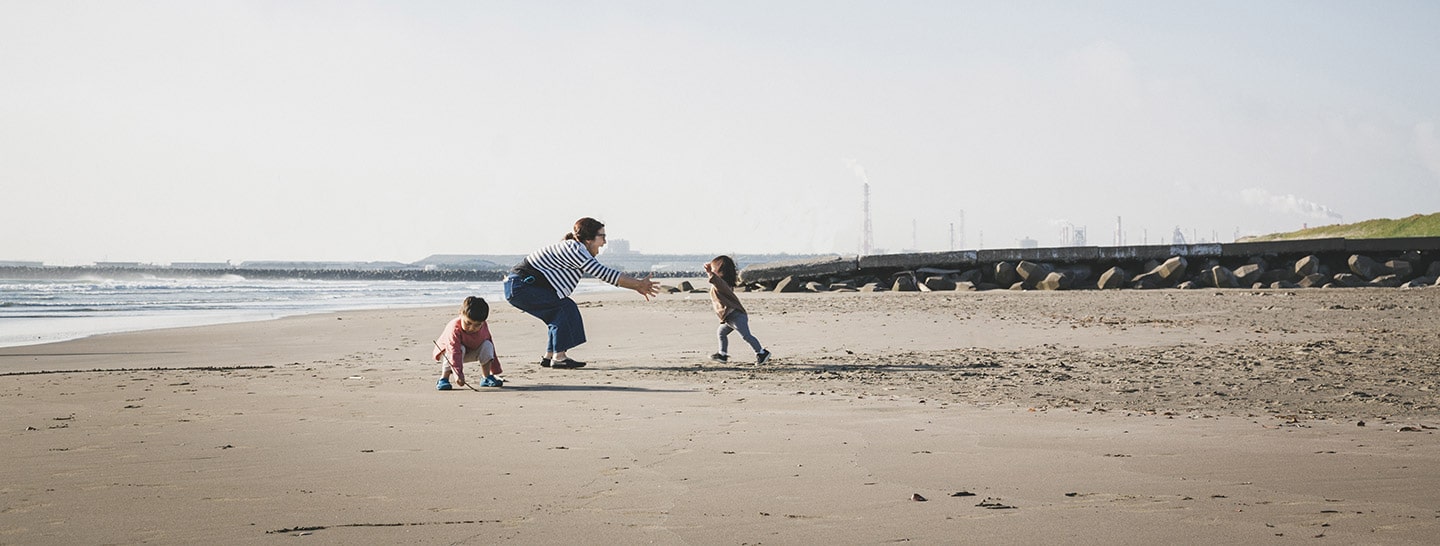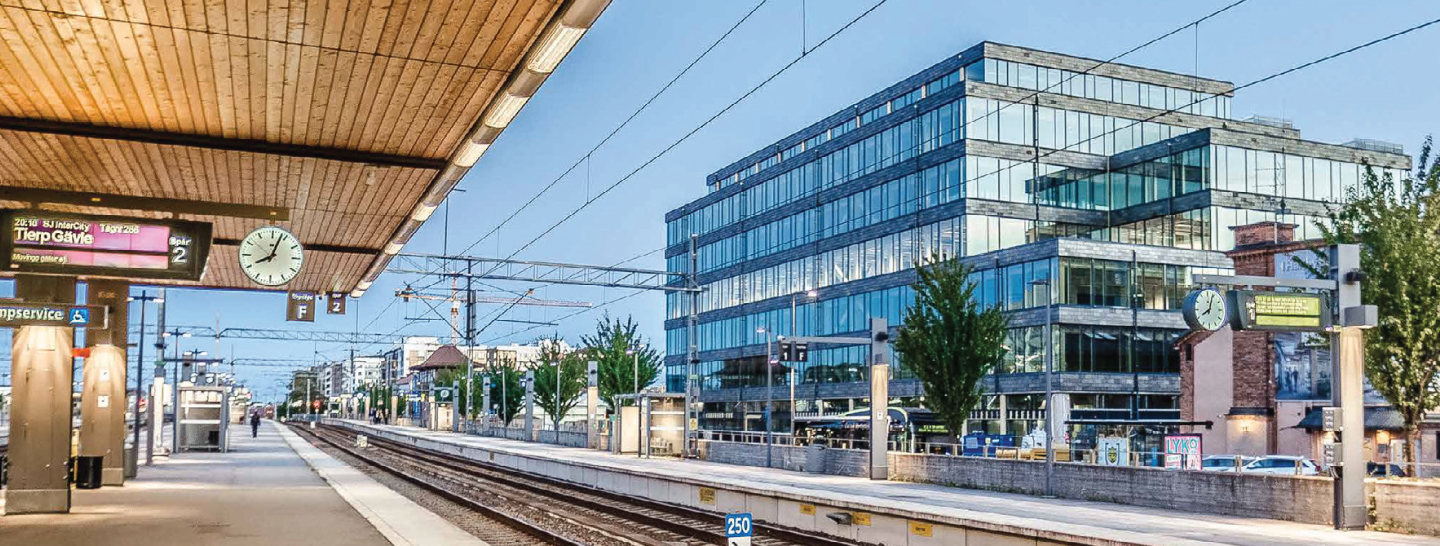
Be-Smart: toward nearly zero-energy buildings
“Be-Smart is a European project that aims to demonstrate that a photovoltaic panel can be an active feature of a building that not only provides energy by producing electricity, but architectural and construction value as well,” explains Laure-Emmanuelle Perret.
To accomplish this, the project brings together 14 partners – research institutes, innovative companies, construction firms and architecture studios – with the goal of using BIPV panels to contribute to the EU energy transformation in cities and urban areas in order to achieve the climate and energy goals of the COP21 framework.

Uppsala: where the circular economy becomes reality

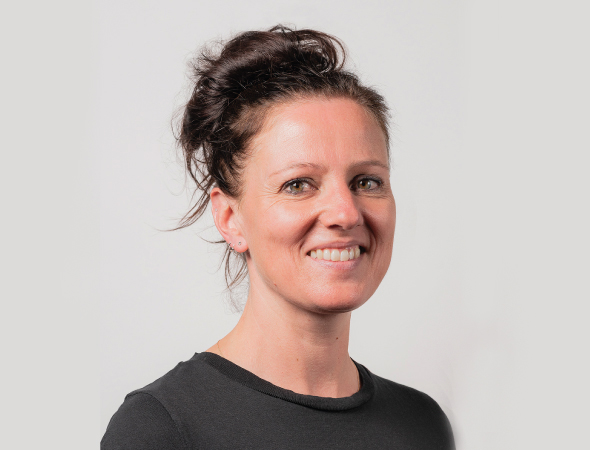

The way we build is an essential part of the many actions that need to be carried out in the field of construction. The challenge consists of both consuming less electricity and producing it in a clean way. The regulations linked to the way we construct buildings today are evolving towards energy-positive and climate-neutral buildings.
Senior Research Scientist at EPFL
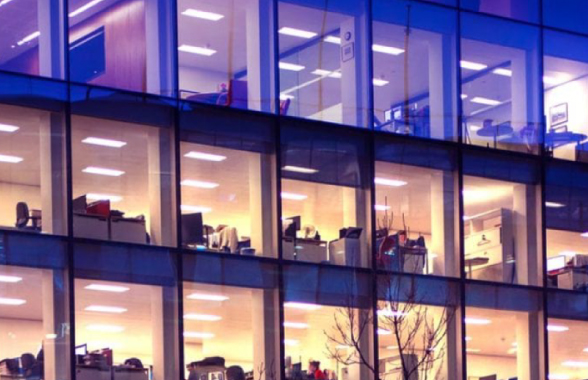
This means that the choice of materials used, their origin, how they’re transported, and also their availability on the market, is fundamental. The key is applying circular economy models to the construction of buildings, like Magasin X in Uppsala, Sweden: the country’s largest wood-frame office building, designed with help from the Be-Smart partnership.
The building is LEED Platinum certified and has a surface area of over 16,000 square meters; more than 4,000 cubic meters of wood were used in its construction. Magasin X proves that it is possible to design and construct innovative, sustainable buildings with the least possible environmental impact. For greater longevity and less need for maintenance, the structure – built entirely of wood – is clad in Norwegian slate, a material that is highly resistant to all atmospheric conditions.
The key to the energy transition? Batteries for energy storage
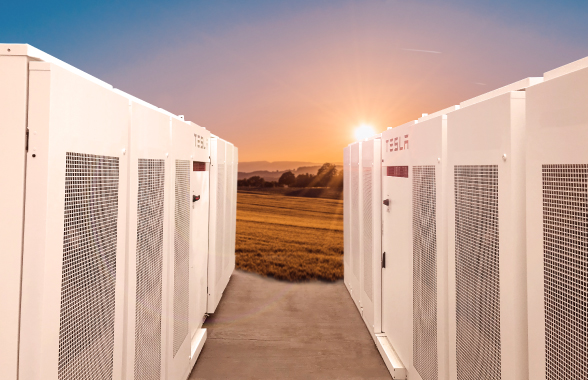
Innovation and shared commitments for our planet
